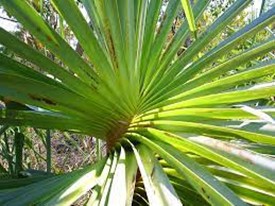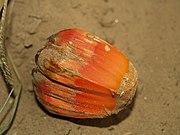Spiral Pandanus
Pandanus Spiralus or Common Screwpipe
Tree: Iidool (Bardi),
Fruit: wagire (Yawuru), gaamba (Bardi), manbang
Flowering and Fruiting: Fruiting Barrgana Between April and October

There are about 600 tropical species of Pandanaceae; part of the screw pine family. The spiral Pandanus occurs in Queensland, the Northern Territory and the extreme north of Western Australia; the Kimberley. It’s most commonly found growing along watercourses or coastal fringes and dune systems, and is a good indicator of a water sources and can be found in clumps along rivers.
There are many pandanus varieties in the Kimberley, these can grow to 5 m tall. With their spreading roots, they are valuable for stabilising river banks, especially in areas where there are large seasonal influxes of water.
Pandanus have quite long spiky leaves which are often valued for traditional weaving practice. Wildlife including birds also take advantage of the spiny leaves by living in the tree for protection.

The fruit of the Spiral Pandanus is a large, pineapple-like cluster that turns orange-red when ripe. Each cluster of fruit has about 10 to 25 individual nut-like fruits. Inside the hard orange fruit are about 7 to 10 small nutty seeds, but eating them requires a lot of work; first the fruit are cooked in hot ashes, then ground down until the seed is visible. Then the fruit is shaken or prised open until the small seed is extracted. It tastes something like a peanut.
